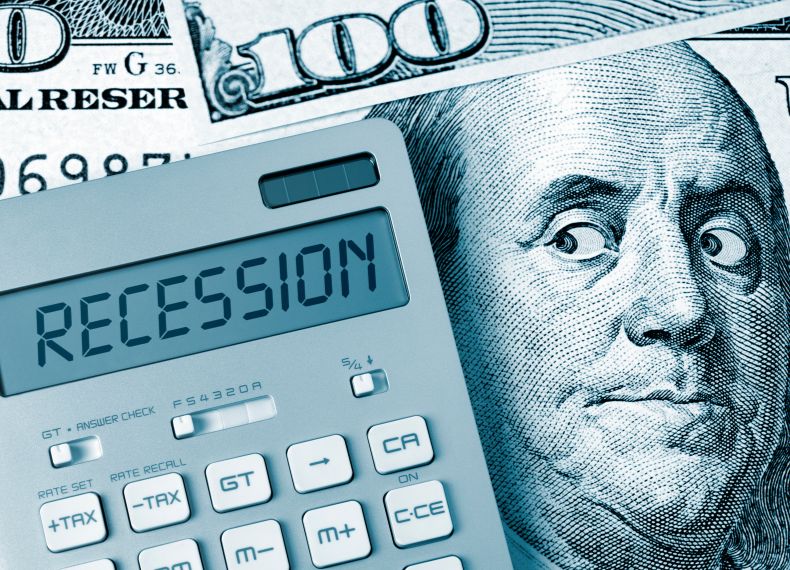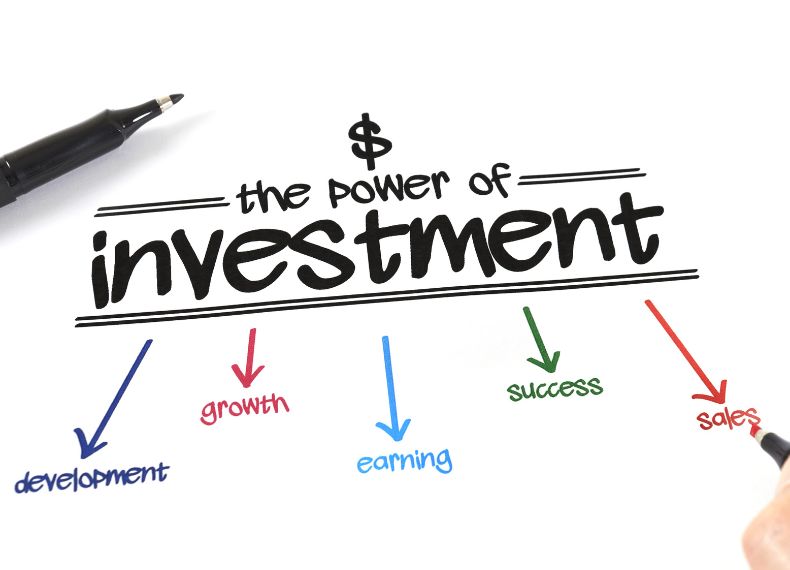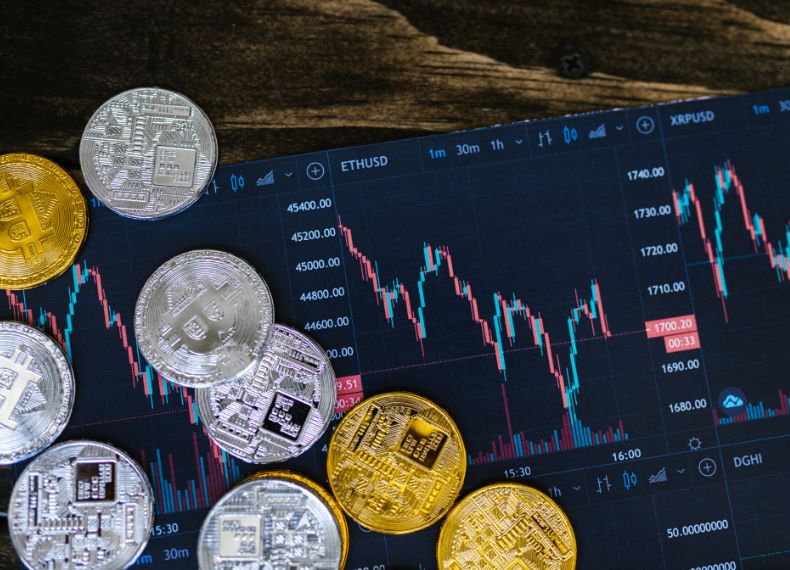Most experts agree we’re heading into a recession, given the recent global economic events. The Covid-19 crisis, the war in Ukraine, the rising inflation, and other factors fuel this scenario. But, on the positive side, a future recession will likely be less severe than the Great Financial Crisis of 2007-2008.
While it may be tempting to keep your money under the mattress, that’s one of the worst things you can do. With this approach, you’ll miss out on potential opportunities to generate revenue and earn no interest on your savings.
A recession could be the perfect time to start investing. You could acquire properties below market value or sell them for a higher price and make a profit. Plus, you could buy stocks at their lowest price points.
However, all investments carry some risk — and it’s hard to predict how the market will behave when times get tough. For this reason, it’s important to start small and diversify your portfolio.

What to Invest in During a Recession
First, research your investment options and determine how much risk you’re willing to take. With this information, you’ll be better able to set investment goals and build a winning portfolio. When your risk tolerance is the key feature of your goals, it’s easier to keep a realistic point of view on the potential for your investments and pivot as necessary.
Ideally, look for assets that have the potential to hold their value or even appreciate over time. Let’s see a few examples:
- Real estate
- Crowdfunded real estate platforms
- Stocks in companies that produce essential goods
- Value stocks
- Precious metals
- Fine art
- Land
- Gemstones
- Certificates of deposit (CDs)
- Index funds
- Treasury bonds
- Alternative assets
For example, Fulton Bank recommends buying stocks in companies with a steady cash flow and low debt. Focus on those offering essential goods or services, such as electric energy, gas, medications, or insurance products.
If you prefer to stay safe, invest in CDs, Treasury bonds, or precious metals.
Certificates of deposit, for instance, are guaranteed by the bank to return the amount invested plus any interest. The downside is they generate lower returns than other assets, and the interest rates may not be high enough to counteract inflation.
Gold is a safe investment, too. Its price has increased by more than 427% over the past two decades and continues to grow yearly.
Any of these assets can serve as a hedge against inflation, but they still carry certain risks. Your best bet is to spread your money over different investments rather than focusing on one asset class.
That said, here’s what it takes to build a recession-proof investment plan and mitigate risks.
Set SMART Investment Goals

Before getting started, ensure you know how to set goals for your investment plan.
Then, ask yourself the following questions:
- What do you want to achieve with your investments?
- How long do you have until you need to use the money?
- How much risk are you comfortable taking on?
- What’s your experience with investment planning?
Let’s say you want to save for retirement or build wealth. Either scenario requires a long-term investment strategy, so you must look at the bigger picture and plan accordingly.
You could invest in stocks and bonds if you need enough money to start a business or take a sabbatical. These are high-risk investments, but if you do things right, the returns will be worth it.
Most importantly, your investment goals should be Specific, Measurable, Attainable, Relevant, and Time-Bound (S.M.A.R.T). Then, break them down one step further into short- and long-term goals. When you consistently reach your short-term, “micro” goals, it’s easier to keep pressing toward the longer-term goals, which will greatly impact your life.
A good example could be, “I want to save $50,000 within two years to make a down payment on a home loan.”
In this case, you’ll know exactly how much money you need, what you will use it for, and when you want to achieve that goal. The next step is to pick your investments and decide on the right asset allocation mix.
Build a Diversified Portfolio
Building and managing your portfolio during a recession is all about minimizing and managing risk. The more assets you have, the less money you’ll lose if things go south.
Bankrate suggests buying stock funds, dividend stocks, or real estate during an economic turndown. You could also start a high-yield savings account to have a safety net.
Cash, money market funds, Treasury bills, CDs, and other cash equivalents are safe choices, too. These assets yield lower returns than stocks and bonds but carry the least risk. The same goes for silver and gold, which are more stable than other asset classes and can reduce volatility in your portfolio.
Ideally, steer clear of bonds, high-risk assets, and stocks of companies with high debt. For example, the latter option would allow you to buy shares below market price—and the returns can be significant, but so is the risk.
Consider Alternative Investments

Have you ever considered investing in foreign currencies, crypto, or NFTs? While traditional assets like stocks and bonds may seem safer, that’s not always true. Alternative assets might be a better option, as they have little or no correlation to the stock market.
This category includes real estate, hedge funds, and other assets except for bonds, stocks, or cash. Let’s see a few examples:
- Private equity (e.g., venture capital)
- Private debt
- Commodities
- Collectibles
- Structured products
- Natural resources
- Farmland
- Digital assets (e.g., Bitcoin, XRP, and non-fungible tokens)
- Exotic alternative assets (e.g., alternative medicines, jewelry, eSports, or classic cars)
- Intellectual property
Alternative assets are often riskier than traditional investments but can generate higher returns. On the other hand, some are pretty safe—think of real estate, for instance.
As Forbes notes, alternative investments can serve as an inflation hedge and make it easier to diversify your portfolio. Moreover, these asset classes may reduce portfolio volatility and generate passive income.
If you buy and rent out a holiday home, you’ll have a constant stream of revenue. Later, you may sell it for double the purchase price.
What matters most is investing in assets that grow in value over time. Consider your risk tolerance and investment goals, research your options, and think long-term. Bitcoin and other alternative assets are high-risk, but you could invest in gold, real estate, or land to shield your money from a recession.
Start Small and Take Calculated Risks
Investing in the middle of a recession can be the first step to wealth. First, however, you must know what you’re getting into and take calculated risks.
No investment is foolproof, but you can start small and adjust your strategy. As a rule of thumb, only invest what you can afford to lose. Then, learn about the different asset classes, set realistic goals, and maintain a diversified portfolio.
Lastly, focus on assets that perform well, such as real estate, stock funds, and precious metals. See how it goes, and keep adding new assets to your portfolio as you learn the ropes.
Meanwhile, consider starting an online business or side hustle to grow your income.